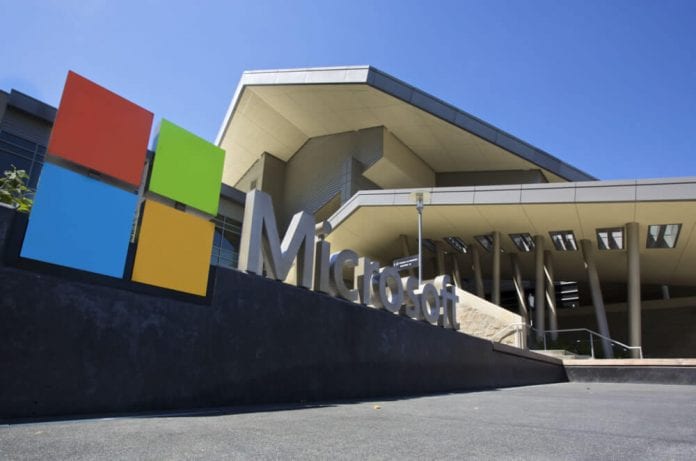
Microsoft Corporation (NASDAQ:MSFT)’s light-weight release of Windows 10 for low-power, connected devices has been launched. Windows 10 IoT Core is not a desktop operating system that runs applications such as Office, Photoshop or others. But it could drive home automation systems, robots and other things that may or may not have a display.
According to Steve Teixeira, Internet of Things, Microsoft, Windows 10 IoT core is tailored for small, embedded machines that may or may not contain screens. He added that it works with a host of open source languages as well as Visual Studio.
Currently, Microsoft has made available Windows 10 IoT core for two devices – the MinnowBoard Max and the Raspberry Pi 2. Both are low-power, tiny single-board computers. However, the MinnowBoard Max comes with an Intel chip whereas the Raspberry Pi 2 incorporates an ARM-based processor. These boards are targeted at educators, hobbyists and developers among others. By focusing on them, Microsoft is seeking to motivate people to develop useful things with Windows 10 IoT Core.
In its announcement, Microsoft showcased home automation systems, robots, robotic hockey table and a system that runs an LED via an Arduino along with a Windows Phone app.
In future, we could be looking at commercial products driven by Microsoft’s latest version of Windows. There exist point-of-sales machines, ATMs and a host of other specialized gadgets that run older embedded software or Windows CE. Windows 10 IoT Core could be the next evolutionary step of that technology. It could be tailored more for appliances at home than for commercial products.
Microsoft has been giving out preview builds of the operating system in the recent past. However the official release incorporates Bluetooth as well as Wi-Fi support, enhanced GPIO performance in the Raspberry Pi, fresh Universal Windows Platform APIs, and other neat features.
Remember this is not stuff that gives you a full-scale Windows desktop effect on a Raspberry Pi 2 device. Windows shell doesn’t exist here. However, programmers can build apps having a graphical user interface or not having it at all.
Sources: liliputing.com, betanews








